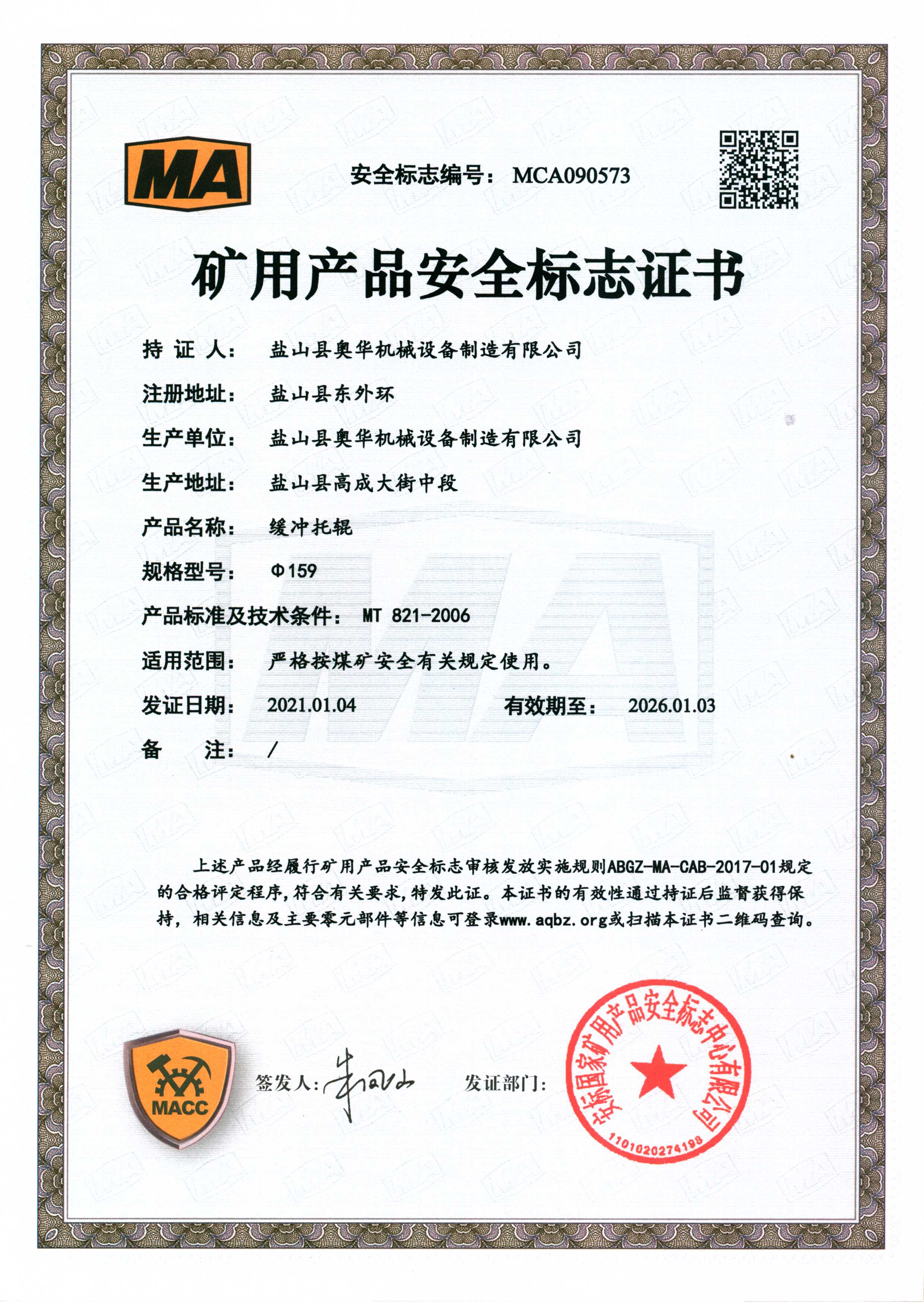 Afrikaans
Afrikaans  Albanian
Albanian  Amharic
Amharic  Arabic
Arabic  Armenian
Armenian  Azerbaijani
Azerbaijani  Basque
Basque  Belarusian
Belarusian  Bengali
Bengali  Bosnian
Bosnian  Bulgarian
Bulgarian  Catalan
Catalan  Cebuano
Cebuano  Corsican
Corsican  Croatian
Croatian  Czech
Czech  Danish
Danish  Dutch
Dutch  English
English  Esperanto
Esperanto  Estonian
Estonian  Finnish
Finnish  French
French  Frisian
Frisian  Galician
Galician  Georgian
Georgian  German
German  Greek
Greek  Gujarati
Gujarati  Haitian Creole
Haitian Creole  hausa
hausa  hawaiian
hawaiian  Hebrew
Hebrew  Hindi
Hindi  Miao
Miao  Hungarian
Hungarian  Icelandic
Icelandic  igbo
igbo  Indonesian
Indonesian  irish
irish  Italian
Italian  Japanese
Japanese  Javanese
Javanese  Kannada
Kannada  kazakh
kazakh  Khmer
Khmer  Rwandese
Rwandese  Korean
Korean  Kurdish
Kurdish  Kyrgyz
Kyrgyz  Lao
Lao  Latin
Latin  Latvian
Latvian  Lithuanian
Lithuanian  Luxembourgish
Luxembourgish  Macedonian
Macedonian  Malgashi
Malgashi  Malay
Malay  Malayalam
Malayalam  Maltese
Maltese  Maori
Maori  Marathi
Marathi  Mongolian
Mongolian  Myanmar
Myanmar  Nepali
Nepali  Norwegian
Norwegian  Norwegian
Norwegian  Occitan
Occitan  Pashto
Pashto  Persian
Persian  Polish
Polish  Portuguese
Portuguese  Punjabi
Punjabi  Romanian
Romanian  Russian
Russian  Samoan
Samoan  Scottish Gaelic
Scottish Gaelic  Serbian
Serbian  Sesotho
Sesotho  Shona
Shona  Sindhi
Sindhi  Sinhala
Sinhala  Slovak
Slovak  Slovenian
Slovenian  Somali
Somali  Spanish
Spanish  Sundanese
Sundanese  Swahili
Swahili  Swedish
Swedish  Tagalog
Tagalog  Tajik
Tajik  Tamil
Tamil  Tatar
Tatar  Telugu
Telugu  Thai
Thai  Turkish
Turkish  Turkmen
Turkmen  Ukrainian
Ukrainian  Urdu
Urdu  Uighur
Uighur  Uzbek
Uzbek  Vietnamese
Vietnamese  Welsh
Welsh  Bantu
Bantu  Yiddish
Yiddish  Yoruba
Yoruba  Zulu
Zulu wing pulley conveyor
The Revolution of Wing Pulley Conveyors in Material Handling
In modern industries, the efficiency of material handling systems plays a crucial role in determining overall productivity. One of the pivotal components in these systems is the conveyor belt, which relies heavily on pulleys for movement and control. Among the myriad types of pulleys, the wing pulley has emerged as a game-changer in the conveyor industry. This article delves into the design, function, and advantages of wing pulley conveyors, highlighting their importance in material handling and various applications.
Understanding Wing Pulleys
Wing pulleys are named for their distinctive design, featuring a series of wings or fins that extend outward from the central hub. This innovative structure is typically made from steel or heavy-duty polymers, ensuring both durability and effectiveness in demanding environments. The primary purpose of the wing pulley is to provide a reliable means of support for conveyor belts while facilitating material transfer with minimal spillage and maintenance.
Functionality and Design Advantages
The wing design of these pulleys allows for a few notable advantages. First and foremost, the shape helps to actively displace debris and minimize material build-up on the pulley surface. This reduces wear on both the conveyor belt and the pulley, significantly lowering the frequency of replacements and associated maintenance costs. Additionally, the wing pulley's open construction promotes better airflow, which aids in cooling and can help prevent material from sticking to the surface during operation.
Wing pulleys are often employed in environments where heavy loads and abrasive materials are common, such as in mining, construction, and bulk material handling. The durable design and effective functionality of wing pulleys make them perfectly suited to carry out these tasks efficiently.
Enhancing Safety and Efficiency
wing pulley conveyor

One of the critical aspects of any conveyor system is safety. Wing pulley conveyors enhance safety in various ways. The design minimizes spillage, which reduces the risk of slips and falls around the conveyor area. Furthermore, the open structure allows for visual inspections, enabling operators to easily identify potential issues before they escalate into significant problems.
In terms of efficiency, wing pulleys contribute significantly by ensuring consistent material flow. The dynamic design helps maintain tension in the conveyor belt, which is crucial for preventing belt slippage and ensuring that materials are transferred seamlessly. This reliability translates into reduced downtime, allowing operations to run smoothly and efficiently.
Environmental Impact
In recent years, there has been a growing emphasis on sustainability in industrial operations. Wing pulley conveyors make significant strides in this area. By minimizing material spillage and wear, they contribute to less waste and lower resource consumption. Additionally, their longer lifespan results in fewer replacements, which ultimately leads to a reduction in the environmental footprint associated with production and disposal processes.
Conclusion
In summary, wing pulley conveyors represent a significant advancement in the field of material handling. With their innovative design, they promote efficiency, safety, and sustainability, making them ideal for a wide range of applications. As industries continue to evolve and seek out more effective methods for material transportation, the utilization of wing pulleys is likely to become increasingly prevalent. By investing in high-quality wing pulley conveyors, companies are not only enhancing their operational capabilities but are also contributing to a more sustainable future.
The continued development of conveyor technology and accessories like wing pulleys will undoubtedly lead to further improvements in productivity and safety, underscoring the importance of investing in cutting-edge material handling solutions. Whether in heavy manufacturing, bulk handling, or even automation systems, wing pulleys are set to play a crucial role in shaping the future of material handling industries worldwide.
-
Revolutionizing Conveyor Reliability with Advanced Rubber Lagging PulleysNewsJul.22,2025
-
Powering Precision and Durability with Expert Manufacturers of Conveyor ComponentsNewsJul.22,2025
-
Optimizing Conveyor Systems with Advanced Conveyor AccessoriesNewsJul.22,2025
-
Maximize Conveyor Efficiency with Quality Conveyor Idler PulleysNewsJul.22,2025
-
Future-Proof Your Conveyor System with High-Performance Polyurethane RollerNewsJul.22,2025
-
Driving Efficiency Forward with Quality Idlers and RollersNewsJul.22,2025





























